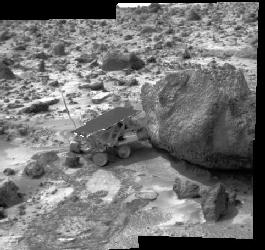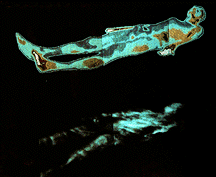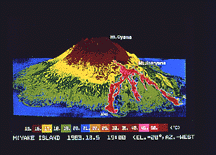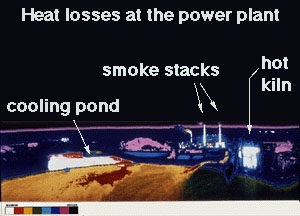Exploratour - Comparing the Surfaces of Earth and Mars

Image from: JPL/NASA
Leave the Tour and read more about The Mars Pathfinder Mission.
During it's travels on the Martian surface, Mars Pathfinder's Rover examined many different rocks as well as the Martian soil. These studies and measurements made during previous missions to Mars have helped scientists classify the rocks and learn more about the surface of Mars. We now know that rocks on Mars have many of the same characteristics as those on Earth.
Conglomerates (sedimentary rocks composed of many smaller rocks) occur on both planets. Conglomerates found at the Mars Pathfinder landing site include "Shark", Souffle", and "Half Dome". Basalt, a form of igneous rock, is common on Earth and Mars. "Barnacle Bill", the first rock examined by the Rover, was a dark rock and probably a basalt. Granite, although common on Earth, is less common on the other terrestrial planets. To see the rocks studied during the Mars Pathfinder mission, visit the Mars Pathfinder Image Archive link below.











